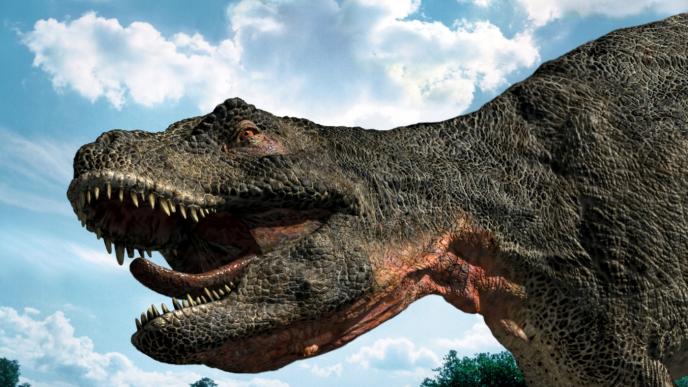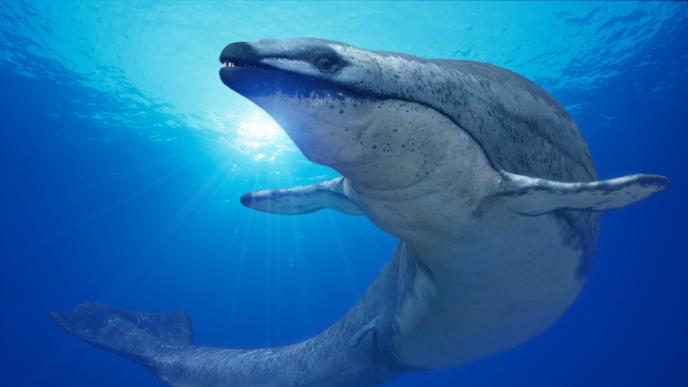Walking With Dinosaurs at 25
Walking With Dinosaurs was a landmark production: a technically groundbreaking means of making nature documentaries and a must-watch slice of telly that lit the spark for a generation of budding palaeontologists.
Bolstered by its successes bringing VFX to prestige TV like Gulliver’s Travels and Alice In Wonderland, Framestore stepped up to the plate to face an unprecedented challenge: filling the series’ three-hour run time with 40 scientifically-informed Mesozoic beasts. By contrast, 1993’s Jurassic Park, a major Hollywood feature film, only featured eight or nine minutes of dino action…
The demands of the show effectively birthed Framestore’s animation team as we now know it, laying the foundation for the studio’s status as home to the world’s very best creature and character animators. The show would go on to win multiple awards and become perhaps the most-watched science series of all time, also spawning a raft of spin-off shows - some of which Framestore also worked on.
While many CG beasts have stalked the small screen since, Walking With Dinosaurs remains the OG. Though VFX pioneer Mike Milne sadly passed away last year, a number of the show’s key creatives are still producing pioneering work with Framestore - and many more were inspired to join the company on the basis of the show’s creative and technological feats.


To celebrate 25 years since the show first aired, here are some facts you may or may not know about Walking With Dinosaurs…
- The show’s VFX took roughly 18 months to complete - about as much time as the physical filming.
- The first episode, New Blood, took a full year to make - a drop in the ocean in geological terms, but certainly long enough for 30 minutes of TV!
- Once the show’s processes were in place, the following five episodes were wrapped in approximately six months.
- Framestore was first tasked with creating 24 CG creatures. This rose to 40 as the show became more ambitious.
- The show's dinosaurs began life as clay maquettes, whose design was informed by leading palaeontologists. Resin casts were then made, which were then laser-scanned.
- The scanned data initially took the form of over six million three-dimensional reference points. This had to be reduced by about 85% to make it workable for the technology of the time.
- Every Framestore creation was hand-animated. The art of keyframe animation remains core to our ethos to this day, with the technique used on characters such as Rocket Raccoon and Paddington.
- As with many of today’s high-end TV shows, the work of our VFX artists went hand in claw with practical FX. The show’s animatronics were handled by Crawley Creatures.
- Framestore’s work on Dinotopia stemmed from the success of Walking With Dinosaurs. This, in turn, helped develop the technology that would land Framestore its first Oscar win.
- According to Guinness World Records, Walking With Dinosaurs is the most expensive documentary series per minute ever made, costing over $60k per minute to produce.
- A record 15 million viewers tuned in to watch the show's first episode, which was broadcast on 4 October 1999. Since then, well over 700 million people are estimated to have watched the series.
- One of the show’s most fearsome creations, the T-Rex, graced the October 18 1999 cover of Time Magazine.
- After Dinosaurs, Framestore continued working on follow-up shows for the BBC, such as Walking With Beasts and Walking With Monsters.
- Numerous Walking With Dinosaur alumni are still with Framestore, working in design, direction, visdev, production and animation, while the show’s VFX Supervisor (and Framestore founding member) Mike McGee is now Chief Creative Officer.


